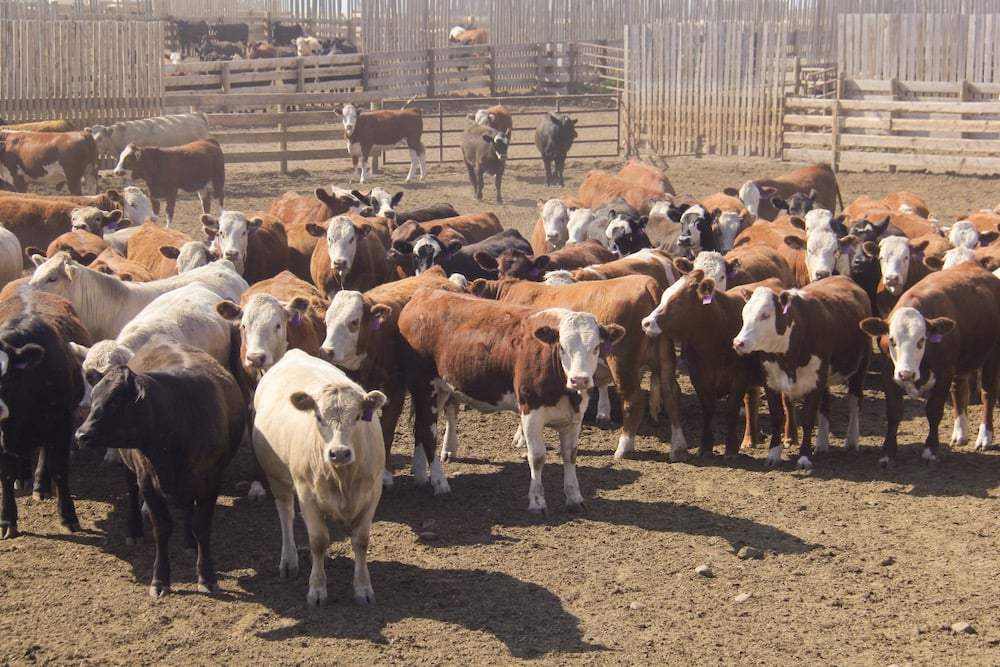MarketsFarm — Ample corn imports from the U.S. continue to keep the western Canadian feed grain market under pressure, with barley bids in Lethbridge trending lower through the early days of 2023.
“We started the year with cash barley trading at roughly $450 (per tonne) in Lethbridge, it’s since declined to roughly $435,” said Jim Beusekom of Market Place Commodities in Lethbridge, adding that “the culprit (in the price decline) would be corn.”
Unit trains of corn from the U.S. are coming up into inland terminals in southern Alberta, and trading at a similar price as barley.
Read Also

U.S. livestock: Feeder cattle rise to new highs on tight supply, strong cash prices
Chicago | Reuters – Chicago Mercantile Exchange feeder cattle futures rallied on Thursday to a record high on strong cash…
“Corn is available,” Beusekom said, noting while prices may be similar for the two grains, barley offers are thin while corn is much easier for feedlots to book.
Once cattle are on a corn ration it can be difficult to switch back to barley, which will likely mean the declining market share for barley will keep the downtrend in place at least until attention shifts back to spring seeding and new-crop production ideas.
While the barley market may be under pressure, current prices are still near the top 10 per cent of all-time highs.
Logistical issues are also limiting barley movement. There may be plenty of grain available across the Prairies but moving it to primary destinations in southern Alberta can be hard to get done in a timely and competitive manner due to trucking shortages, Beusekom said.
In addition to the ample corn imports, more oats than normal are also finding their way into feed channels. While farmers may be reluctant to sell their milling-quality oats into the feed market, Beusekom said millers are full and there aren’t any other outlets.
— Phil Franz-Warkentin reports for MarketsFarm from Winnipeg.

















